China Doll 'tree'
tx_ag_95
11 years ago
Related Stories

CHRISTMASReal vs. Fake: How to Choose the Right Christmas Tree
Pitting flexibility and ease against cost and the environment can leave anyone flummoxed. This Christmas tree breakdown can help
Full Story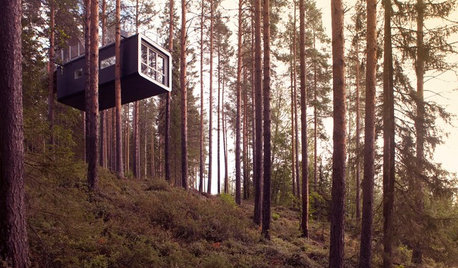
TRAVEL BY DESIGN11 Amazing Home-Away-From-Home Tree Houses Around the World
Go climb a tree — and spend the night. Tree house hotels and lodges are booming as exotic vacation alternatives
Full Story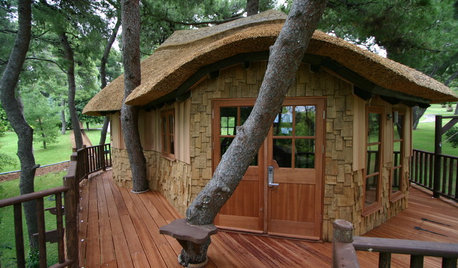
HOUZZ TOURSHouzz Tour: 'James Bond' Tree House in Greece
State-of-the-art gadgets and game consoles make this Athens tree house the ultimate tween play area
Full Story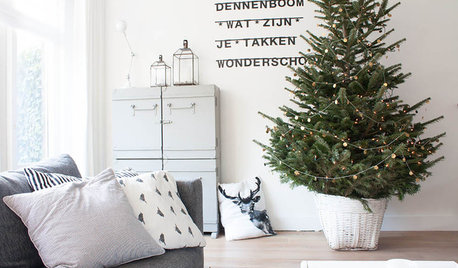
HOLIDAYSHouzz Call: Show Us Your Christmas Tree!
How lovely are your branches? Post a picture and share your stories
Full Story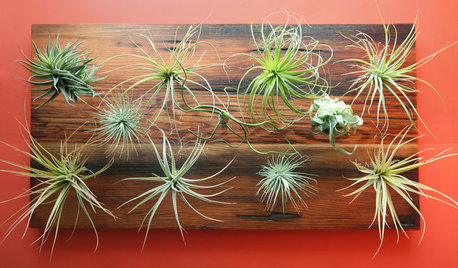
URBAN GARDENSDirt Optional: Amazing Air Plants for Wall or Tree
Succulents and air plants are stunning on winter walls — and the Christmas tree
Full Story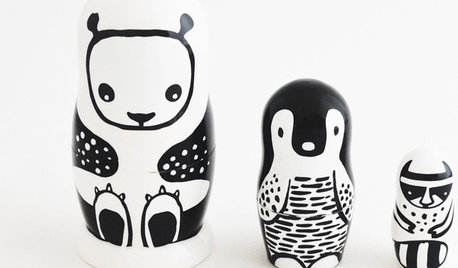
PRODUCT PICKSGuest Picks: Great Toys Beyond the Big-Box Stores
Make your little one feel extra special with a game, doll or craft kit not everyone on the block has
Full Story
GARDENING GUIDESSpring Citrus Care Reaps Months of Sweet Rewards
Learn how to tend citrus trees in spring and ways to preserve their delicious fruit
Full Story
FRUIT TREESHow to Grow Your Own Persimmons
Sturdy and easy to care for, these trees offer bright fruit through winter — and keeping them in bounds is no sweat
Full Story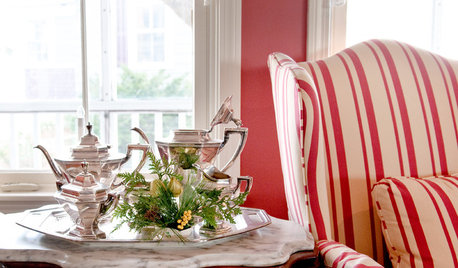
LIFESimple Pleasures: Indulging in Teatime
Get out the china cups and cream-slathered scones. Tea with treats can make even an uneventful day feel extravagant
Full Story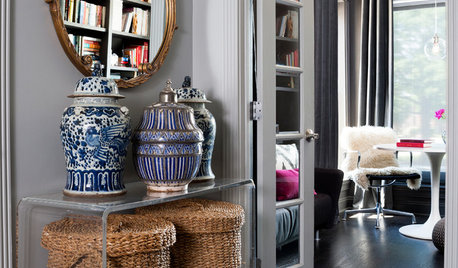
ACCESSORIES9 Fresh Ways to Use Classic Blue and White Ceramics
Add a crisp, clean touch to a room with a china or porcelain jar — or a collection of them
Full StoryMore Discussions









tapla (mid-Michigan, USDA z5b-6a)
tx_ag_95Original Author
Related Professionals
Ashburn Landscape Architects & Landscape Designers · East Rancho Dominguez Landscape Architects & Landscape Designers · Hershey Landscape Architects & Landscape Designers · Piqua Landscape Architects & Landscape Designers · Winder Landscape Architects & Landscape Designers · Edmond Landscape Contractors · Chelmsford Landscape Contractors · Gloucester Landscape Contractors · Harrisburg Landscape Contractors · Muttontown Landscape Contractors · Palatine Landscape Contractors · Waltham Landscape Contractors · Westford Landscape Contractors · Ashwaubenon Interior Designers & Decorators · Birmingham Interior Designers & Decoratorsstonesriver
tapla (mid-Michigan, USDA z5b-6a)
tapla (mid-Michigan, USDA z5b-6a)